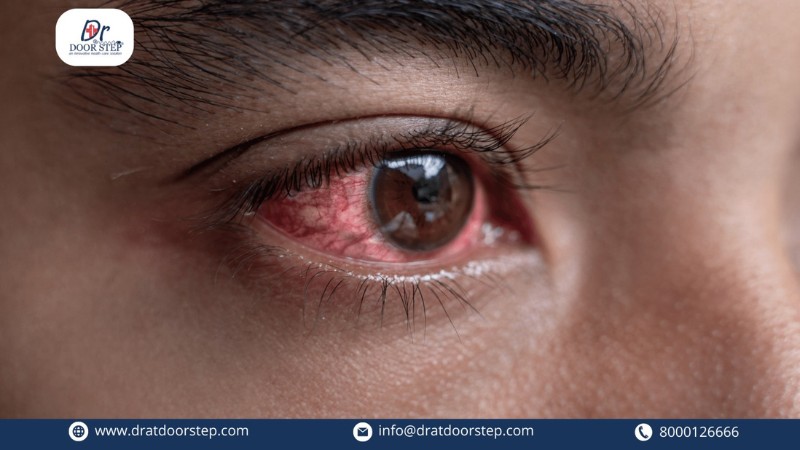Popular Myths of Pink Eyes Busted


Benefits of Choosing a Specialised Doctor
Many of us see our family doctors, also known as primary care physicians, for check-ups and for the treatment of.
Read More
Top Reasons Why Home Doctor Visits.
India’s elderly population is growing at a fast pace. According to a 2022 report by the Ministry of Statistics, India.
Read More

